All-on-4
Introduction: A Revolutionary Solution for Toothless Patients
Tooth loss can lead to significant aesthetic and functional issues. While traditional prosthetic treatments may cause discomfort, the All-on-Four technique offers a permanent and quick solution for edentulous patients. This modern dental treatment has become a leading choice for those looking for fast and effective results.
What exactly is the All-on-Four technique, how is it applied, and what are its advantages? At LHC Klinik, we’ve compiled all the essential details about this innovative treatment for you.
What Is the All-on-Four Technique?
🦷 What Is the All-on-Four Technique?
The All-on-Four technique is a modern implant procedure designed for edentulous patients, involving the placement of four implants into the jawbone to support a complete fixed prosthesis.
✔ Fewer Surgical Procedures: Compared to traditional implant methods, it requires fewer surgeries.
✔ Immediate Prosthesis: Patients can receive a temporary dental prosthesis on the same day.
✔ Efficient Bone Use: Implants are placed without the need for extensive surgeries, even in cases of bone loss.
In this technique, two straight implants are placed in the front region of the jaw, while two tilted implants are placed in the rear regions. This allows for better use of the available jawbone, enabling implant placement without the need for additional surgeries, even in patients with bone loss.
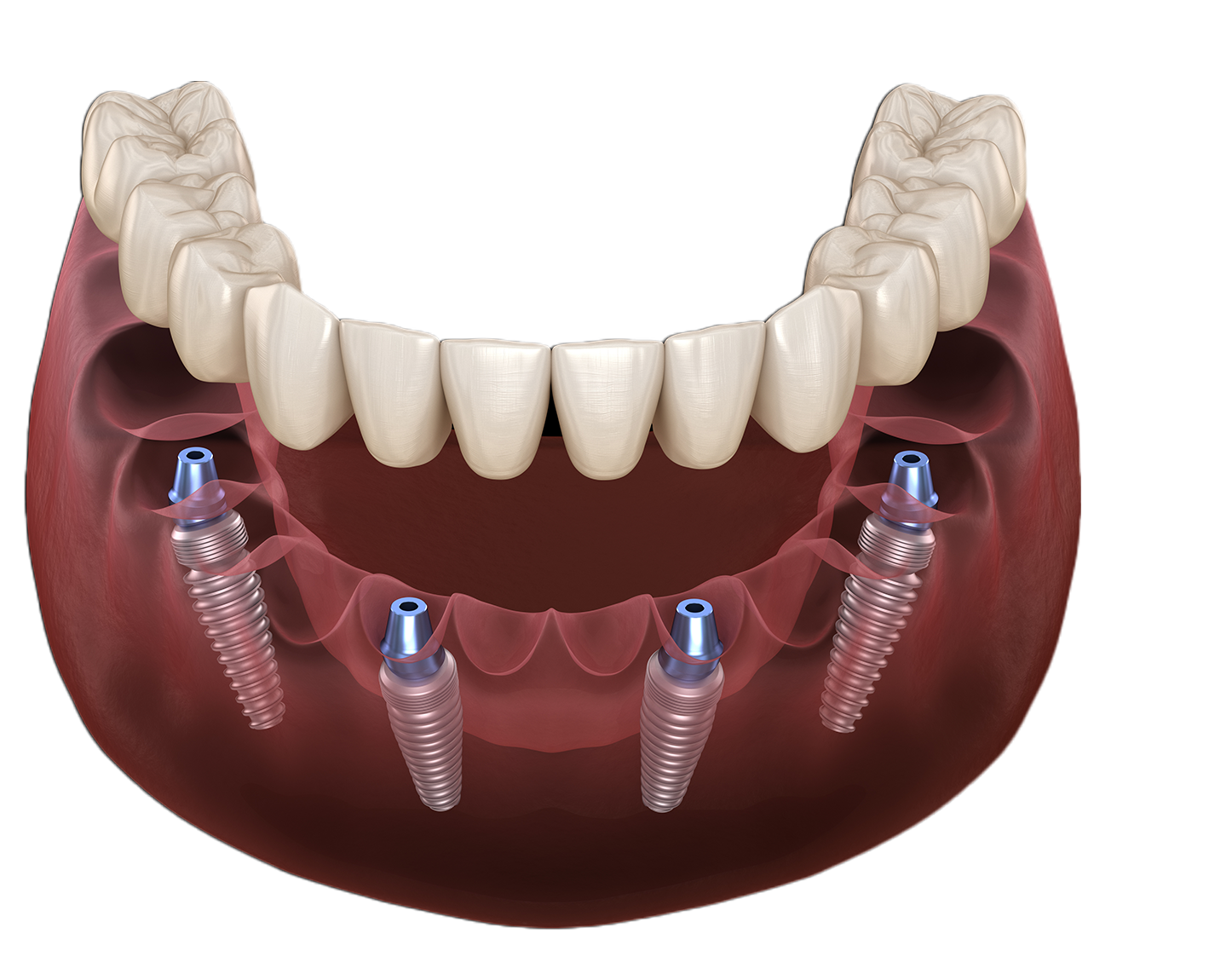
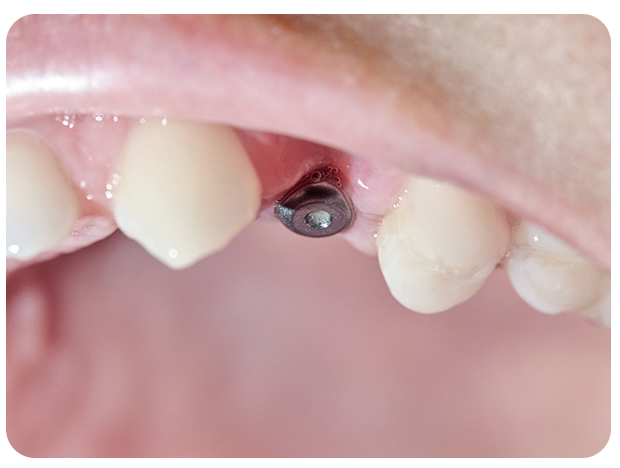
Who Is Suitable for the All-on-Four Technique?
🦷 Who Is Suitable for the All-on-Four Technique?
The All-on-Four technique is ideal for individuals who are completely edentulous or have lost a significant number of teeth. However, there are some criteria to consider for suitability:
- Patients who are completely toothless or have teeth that need to be extracted
- Individuals with sufficient jawbone volume (those with advanced bone loss may require additional procedures)
- People with controlled systemic conditions such as diabetes or hypertension
- Smokers who can reduce or eliminate their smoking habits
Your dentist will thoroughly examine your oral structure and determine whether you are a candidate for the All-on-Four technique.
How Is the All-on-Four Technique Applied?
🦷 How Is the All-on-Four Technique Applied?
The All-on-Four procedure is a quick process that can generally be completed in a single day. The treatment process consists of the following steps:
- Examination and Planning
- The patient's oral structure is carefully examined: The dentist checks for bone quality and gum health.
- Panoramic X-rays and 3D tomography: These tools are used to assess the jawbone in detail.
- Determination of implant areas: Implant positions are planned based on anatomical data.
- Implant Placement
- Local anesthesia: Applied to ensure a painless procedure.
- Implant positioning: Two straight implants in the front, two tilted (30–45°) in the back.
- Stable fixation: Angled implants improve support and stability.
- Temporary Prosthesis Placement
- Same-day prosthesis: A temporary fixed prosthesis is placed immediately.
- Immediate function: The patient can chew and speak right after the procedure.
- Permanent Prosthesis Placement
- Osseointegration period: Implants bond with the bone over about 3 months.
- Final prosthesis: A permanent custom-made prosthesis completes the treatment.
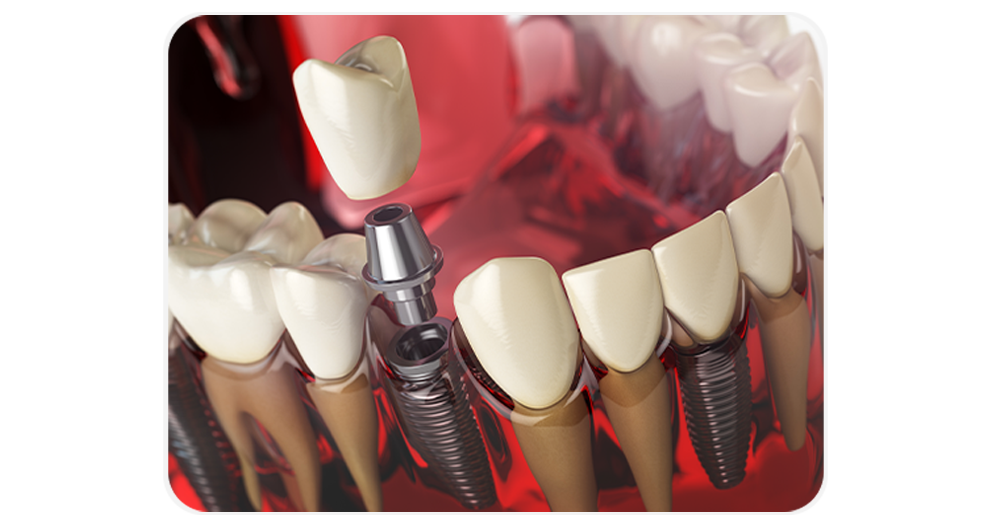
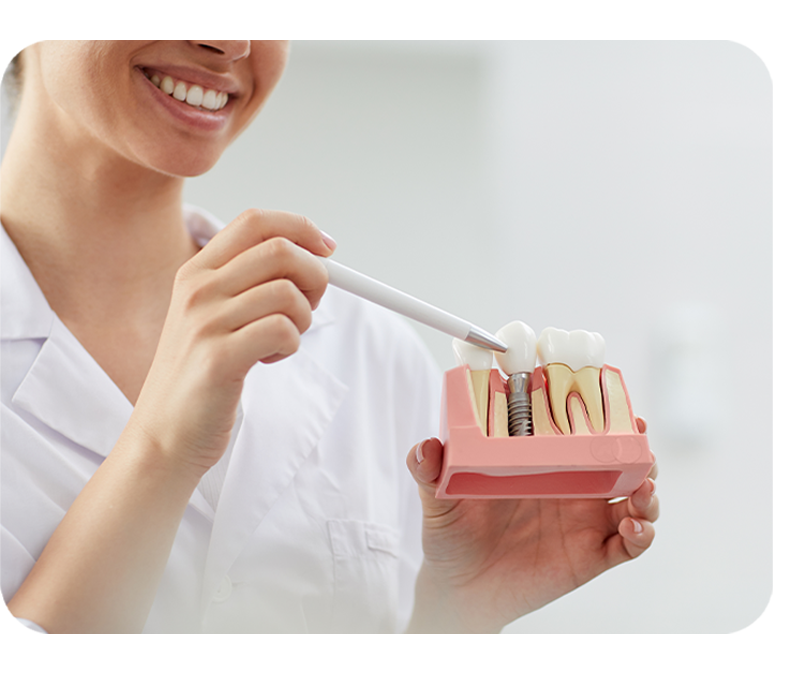
Advantages of the All-on-Four Technique
🦷 Benefits of the All-on-Four Technique
- Fast Results: Patients can receive a temporary prosthesis on the same day.
- Fewer Implants, Maximum Support: A full set of teeth can be supported with just 4 implants.
- No Need for Advanced Surgical Procedures: Additional procedures like bone grafts or sinus lifts are often unnecessary.
- Natural Appearance and Comfort: Fixed prostheses offer a close aesthetic match to natural teeth and functional chewing.
- Prevention of Bone Loss: The implants placed in the jawbone help reduce bone resorption.
- Safe and Long-Lasting: With proper care, the implants can last a lifetime.
The All-on-Four technique is a significant advantage, especially for patients who are dissatisfied with traditional removable dentures.
Post-Treatment Care Tips
🦷 Care Tips for All-on-Four Treatment
- Consume soft foods: during the first few days.
- Pay attention to oral hygiene: and clean your teeth as advised by your dentist.
- Minimize or eliminate smoking: as it can interfere with healing.
- Attend regular follow-up visits: with your dentist to ensure proper healing.
📌 It is recommended to visit your dentist every 3-6 months in the first year and at least once a year after that.
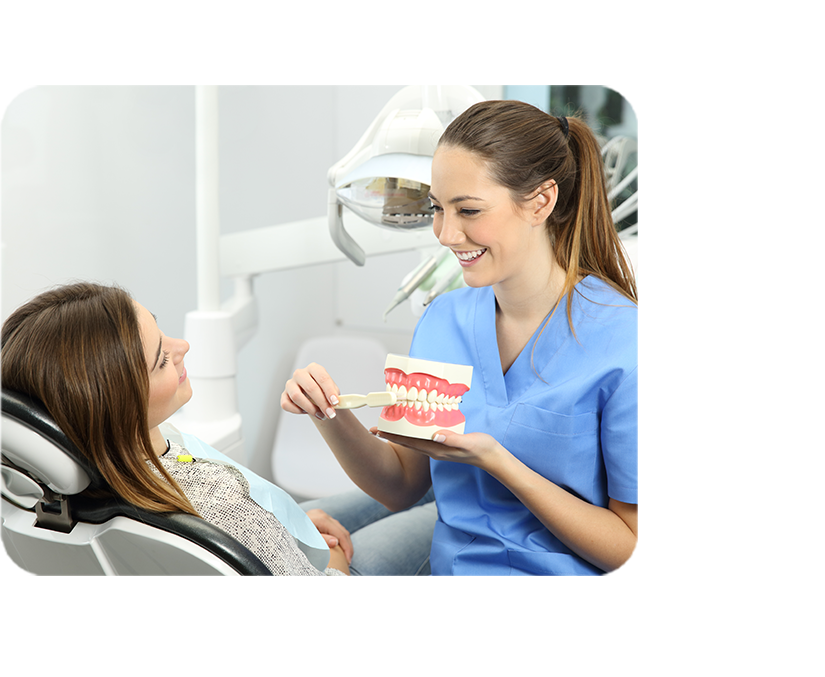

Achieve a Confident Smile with All-on-Four
🦷 The All-on-Four Technique
The All-on-Four technique is a revolutionary treatment for edentulous patients. It offers:
- Aesthetic, comfort, and functionality: in a single solution, allowing patients to regain a strong and natural-looking smile quickly.
- Fixed prostheses: as a comfortable alternative to removable dentures.
- Confidence and comfort: for social interactions, thanks to a stable, secure smile.
📍 At LHC Clinic, we offer the most modern and permanent dental treatments with the All-on-Four technique.
📍 If you're looking for a permanent solution to your tooth loss, contact us to learn if the All-on-Four technique is right for you.
📍 For a healthier, more aesthetic, and powerful smile, we invite you to LHC Clinic!
Frequently Asked Questions
Bone grafting restores bone in areas where it's lost due to tooth extraction, gum disease, or
trauma.Types of bone grafts include:
• Synthetic materials
• Donor or patient’s own bone (autograft)
Bone grafting supports future dental implant placement or maintains facial structure.
Early gum disease (gingivitis) is often painless but presents signs such as:
• Red, swollen, or tender gums
• Bleeding when brushing or flossing
• Chronic bad breath
• Receding gums or tooth sensitivityRecognizing these early warnings can prevent progression to more serious conditions like
periodontitis, which may lead to tooth loss.
Laminate veneers may not be suitable for individuals with: • Severe tooth misalignment or bite issues • Insufficient enamel • Habitual teeth grinding (unless managed with a night guard) • Active gum disease A thorough dental examination is necessary to determine veneer suitability.
Facts:
• Frequent sugar intake feeds bacteria in the mouth, producing acids that erode enamel
• Even natural sugars can contribute to decay if oral hygiene is poor
Myths:
• Only candy causes cavities—actually, starchy foods and sweetened drinks can be just
as harmful
• Brushing right after eating sweets prevents cavities—it's better to wait 30 minutes to
avoid brushing softened enamel
Good for Teeth:
• Dairy products (yogurt, cheese) rich in calcium
• Crunchy vegetables and fruits that stimulate saliva
• Water and green tea, which help cleanse the mouth
Avoid or Limit:
• Sugary snacks and drinks
• Sticky candies
• Acidic foods and drinks like citrus fruits and soda
Balanced nutrition supports not only oral health but also overall well-being.
